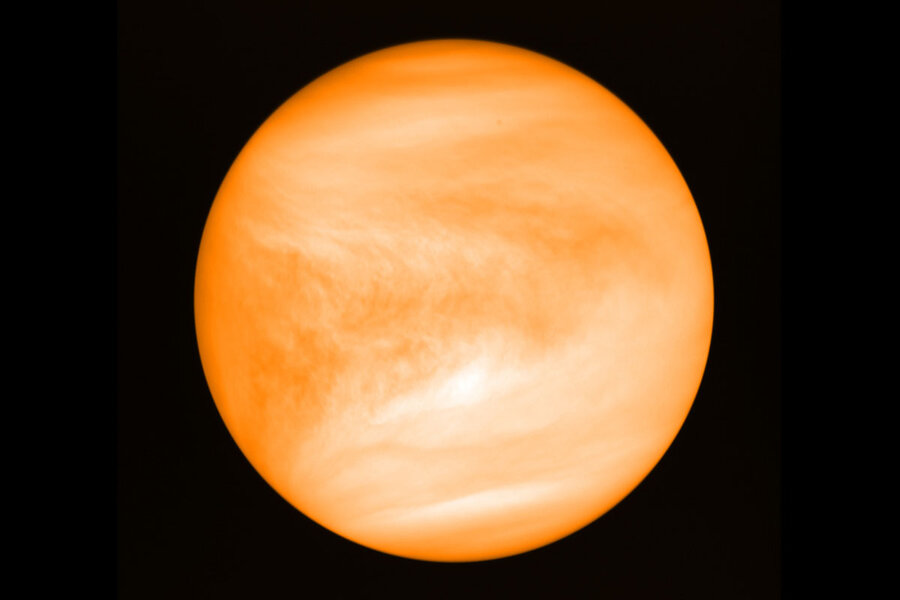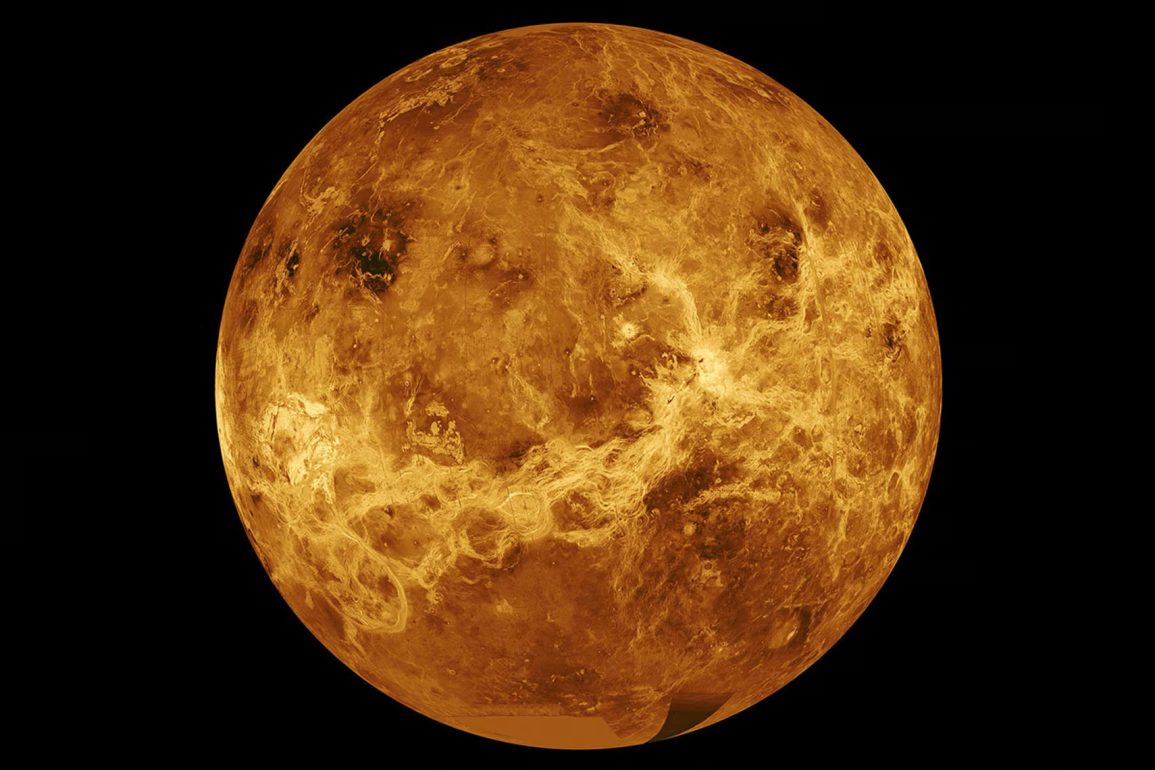Scientists have uncovered more evidence suggesting the presence of gas molecules in Venus’ atmosphere, hinting at the possibility of life on the planet. Venus, Earth’s closest planetary neighbor, has an atmosphere that, while similar to Earth’s, is much hotter and contains corrosive sulfuric acid.
Recently, researchers in England, using powerful space telescopes, detected new signs of phosphine gas in Venus’ atmosphere.
This finding is significant because, on Earth, phosphine is typically produced by decaying organic material, and scientists believe no other natural chemical process on Venus could generate this gas. Lead researcher Dave Clements emphasized that this discovery is just the first step in a long process of investigation.
Clements and his team first reported finding phosphine on Venus in 2020, but their discovery faced skepticism as other scientists struggled to replicate their results or suggested the phosphine was misidentified.

Despite this, Clements announced at a recent astrophysics meeting in England that they have confirmed the presence of phosphine, validating their initial findings from 2020. This development strengthens the case that their earlier detection was accurate and not a mistake.
In addition to phosphine, the researchers have also identified ammonia in Venus’ atmosphere. Both phosphine and ammonia are considered biomarkers because, on Earth, they are found in the guts and feces of some animals.
However, before concluding that these gases indicate life, scientists need to rule out other potential chemical processes that could produce these molecules on Venus. Clements noted that no known chemical processes on Venus could account for the observed amounts of phosphine and ammonia, suggesting an unknown phenomenon at work.
The potential for life on Venus is primarily focused on its atmosphere, particularly the cloud layers, which might harbor a “habitable region.” Venus’ atmosphere is oxidizing, similar to Earth’s, and contains hydrogen, which can lead to the formation of water – another critical factor for life.
However, Clements cautioned that their findings are preliminary and require further validation through additional studies and missions. Upcoming space missions, such as the Massachusetts Institute of Technology’s Morning Star Missions, will further explore Venus’ clouds and test the scientists’ hypotheses.
Despite the excitement, Clements acknowledged that the probability of these findings being signs of life is currently estimated to be between 10-20 percent. Even with these odds, the potential implications are profound, warranting meticulous and thorough investigation.
This discovery opens up new avenues for studying Venus and underscores the need for continued scientific exploration to understand the planet’s atmospheric chemistry and the potential for life beyond Earth.

